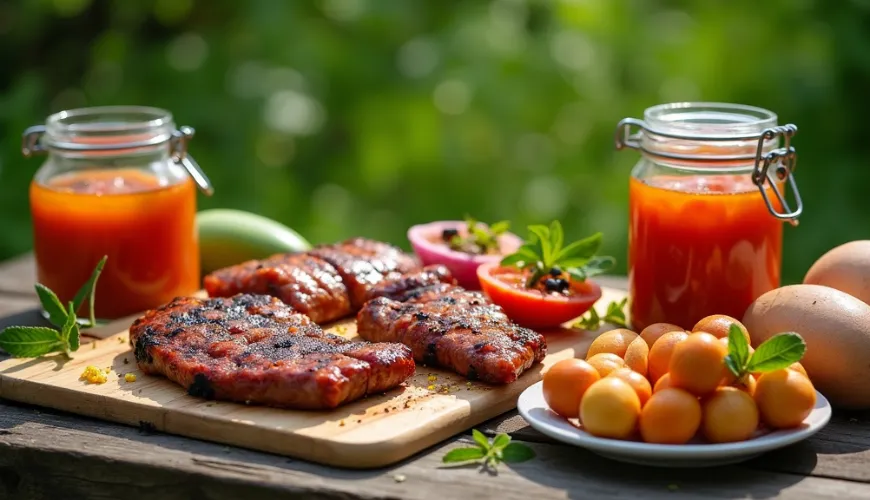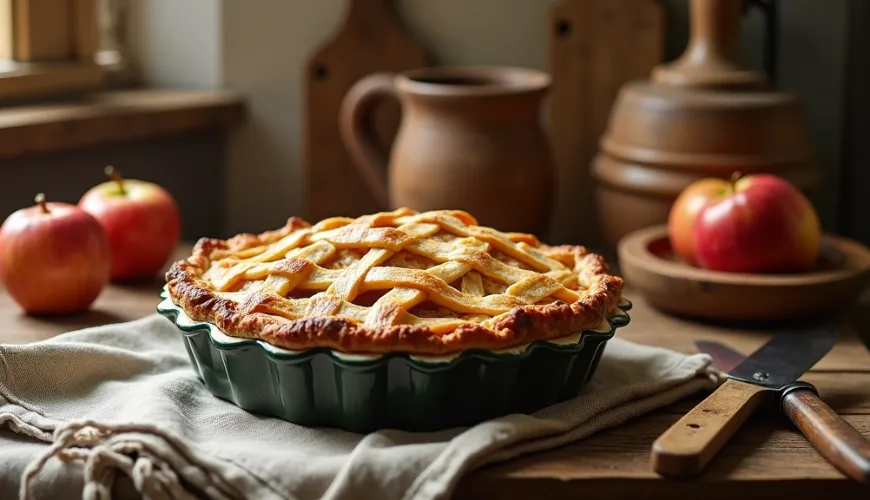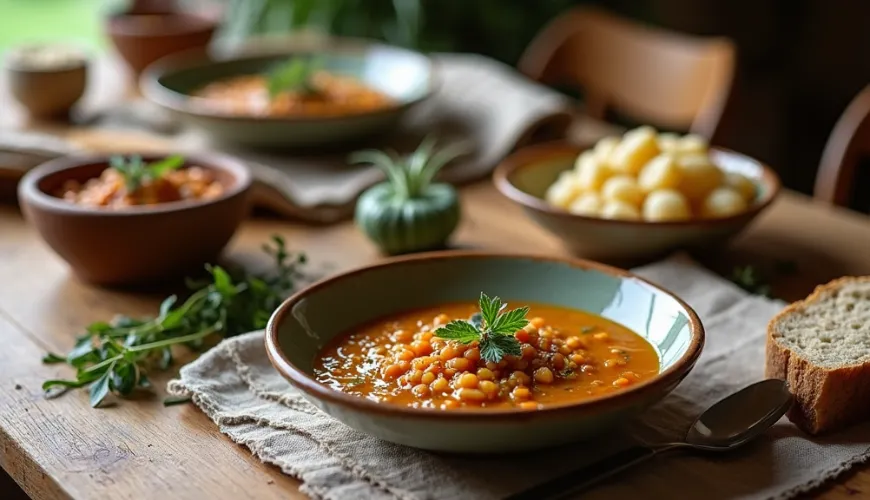
How to Make Hungarian Csalamádé at Home and Its Variety of Flavors

Hungarian Csalamádé - A Colorful Classic That Tastes Great and Lasts
In the world of preserves and pickled vegetables, every country has its own treasures. While traditional pickles or "utopenci" reign supreme in the Czech Republic, our southern neighbors from Hungary swear by something slightly different – Hungarian csalamádé. This colorful mix of vegetables marinated in a sweet and sour brine is not only flavorful but also incredibly versatile and practical. It pairs perfectly with grilled meats, baked specialties, or simply on bread. And the best part is – making it at home is not difficult at all.
What is Csalamádé and How Does the Hungarian Version Differ?
The word "csalamádé" comes from the German Salatmarinade or Salamagundi, which refers to a mixture of salad or pickled vegetables. In the Czech context, csalamádé typically refers to a mix of cabbage, peppers, onions, and sometimes tomatoes, which is poured over with a vinegar brine and sterilized. Although the basic ingredients remain similar, the Hungarian version adds intensity to its Czech counterpart – both in flavor and color.
In Hungary, csalamádé is often prepared with a larger quantity of kapia – sweet red pepper – which gives it a distinct color and sweetness. Spicy paprika or chili peppers are also commonly added, making it a spicy side dish ideal for heartier meals. A typical feature is also the emphasis on sweet and sour flavors with a mild pungent finish.
As a Hungarian proverb says: “Ahol paprika, ott az élet.” – Where there is paprika, there is life. And paprika is one of the ingredients that makes this delicacy so vibrant.
Why Make Hungarian Csalamádé at Home?
There are several reasons to venture into homemade preparation. First – you know what you eat. No preservatives, no colorings, just pure vegetables, spices, and vinegar. Second – you can customize it to your taste. Do you like it spicier? Add chili. Want a less sweet version? Just reduce the sugar. And third – it lasts. If properly preserved, it can delight you even in the middle of winter when fresh vegetables lose their taste and color.
Moreover, it's a great way to process garden surplus. When peppers, tomatoes, and cabbage are harvested in large quantities in August and September, there's nothing better than turning them into something that will excite even during the colder months.
Hungarian Csalamádé – A Recipe You'll Love
The exact ratio of ingredients may vary according to family tradition or taste preferences, but the following recipe for Hungarian csalamádé is based on authentic home preparation as known in Hungarian households.
Ingredients:
- 1 kg white cabbage
- 3 large red peppers (kapia)
- 3 green peppers
- 3 onions
- 2 large tomatoes
- 1 small cucumber
- 1 carrot
- 2 cloves of garlic
- 100 ml 8% vinegar
- 100 ml water
- 100 g sugar
- 1 tablespoon salt (preferably sea salt)
- 1 teaspoon mustard seeds
- 1 teaspoon whole peppercorns
- 2 bay leaves
- optionally: 1 chili pepper
The process is simple but requires a bit of patience. The key to success is slicing the vegetables as thinly as possible – ideally using a mandoline. Shred the cabbage, deseed and slice the peppers into strips, slice the onions into thin half-moons, cut the tomatoes into slices, and coarsely grate the carrot. Slice the cucumber into rounds. Place everything into a large bowl and mix thoroughly.
In another pot, bring vinegar, water, sugar, salt, and spices to a boil. Once the sugar and salt dissolve, pour it over the vegetables and let it sit for at least 2 hours, preferably overnight in a cool place. Then fill sterilized jars with the mixture, pour the brine over, and seal. Sterilize at 85 °C for about 20 minutes.
The result is a crisp, aromatic, and colorful delight that will please not only your taste buds but also your eyes.
How to Serve Csalamádé and What It Pairs With Best
In Hungary, csalamádé is most commonly served as a side dish with meat dishes, especially with roasted pork, sausages, or meatloaf. It also goes well with grilled specialties or on a sandwich with cold cuts. For vegetarians, it can be an interesting addition to a sandwich or salad – its distinctive taste adds depth to the meal that meat typically provides.
In Hungary, it's not uncommon to serve csalamádé with traditional dishes like lecsó, pörkölt, or tarhonya. Its refreshing acidity balances rich, meaty flavors and also aids digestion.
A lady from Budapest, who sells homemade csalamádé at the local market, praises: “This is food that connects generations. My grandmother made it, my mother makes it – and now I make it. Everyone has their own trick, but the foundation is the same: fresh vegetables and love."
Fermented Version for the Bold
In addition to the traditional sterilized version, there is also the option to ferment csalamádé. This method does not require vinegar or heat sterilization – instead, it relies on natural fermentation with the help of salt. The resulting taste is deeper, slightly sour, and rich in probiotics. Just salt the vegetables, weigh them down, and let them ferment at room temperature for a few days – similar to how sauerkraut is prepared.
Fermented csalamádé is more suitable as part of a healthy diet – for example, as an accompaniment to a bowl of rice, legumes, or tofu. Due to the presence of live cultures, it needs to be stored in a cool place and consumed within a few weeks.
Why Include Csalamádé in Your Regular Diet?
Csalamádé is not only tasty but also nutritious. It contains fiber, vitamins, antioxidants, and if prepared through fermentation, also health-promoting bacteria. Its composition aids digestion, has anti-inflammatory effects, and supports the gut microbiome. Moreover, it can easily be prepared in larger quantities and kept on hand whenever culinary inspiration runs low.
And perhaps most importantly – it is a way to return to the roots, slow down, and connect with tradition. In a time when most foods are factory-made, homemade csalamádé has the essence of something genuine. And that's a taste that can't be replaced.

